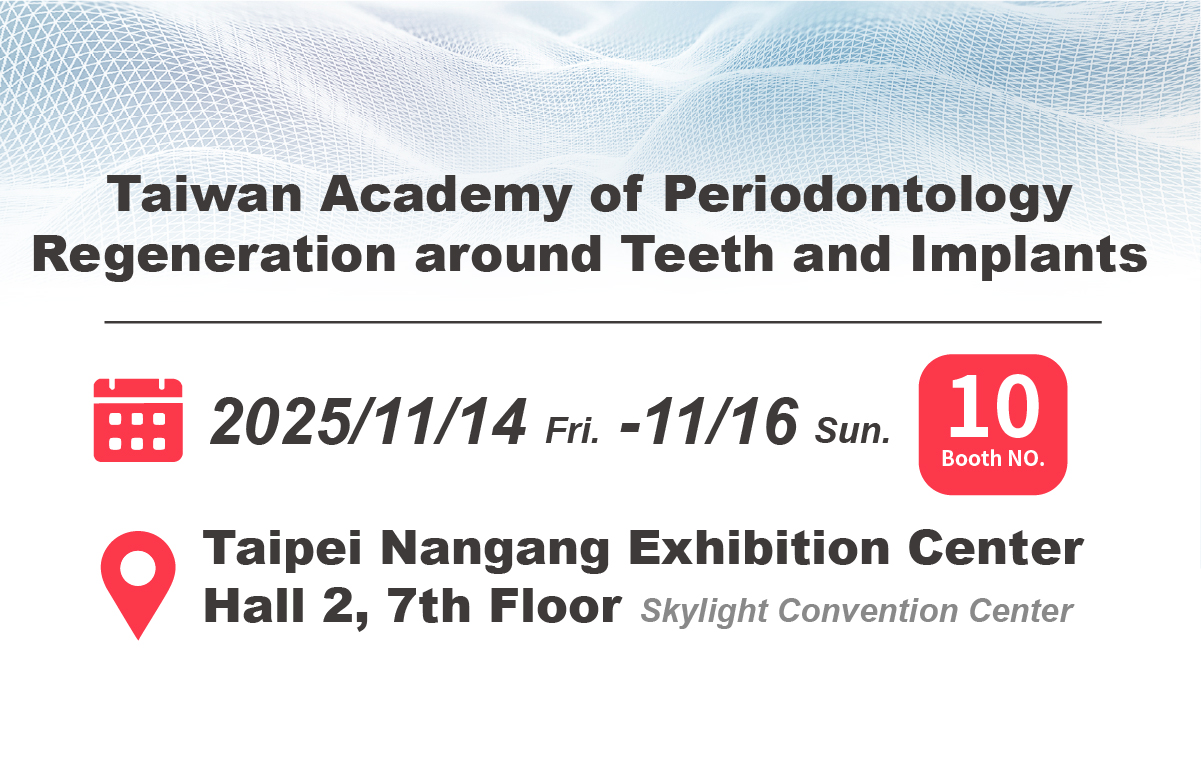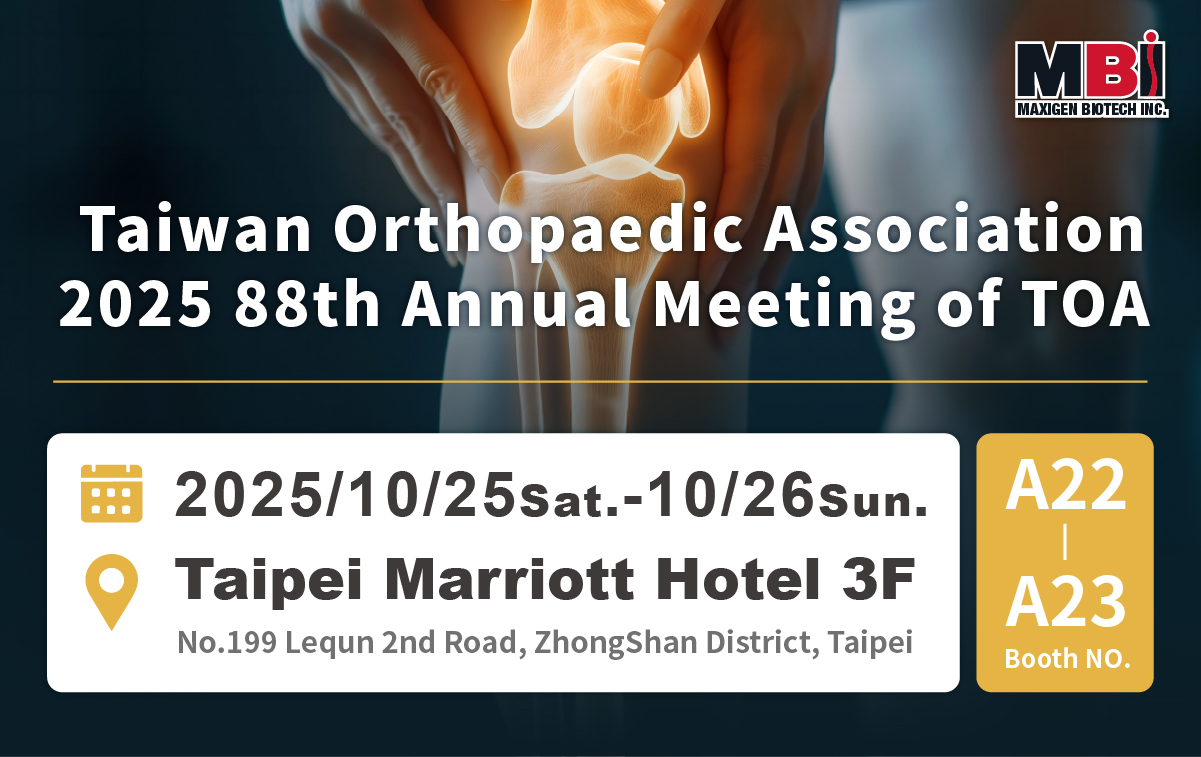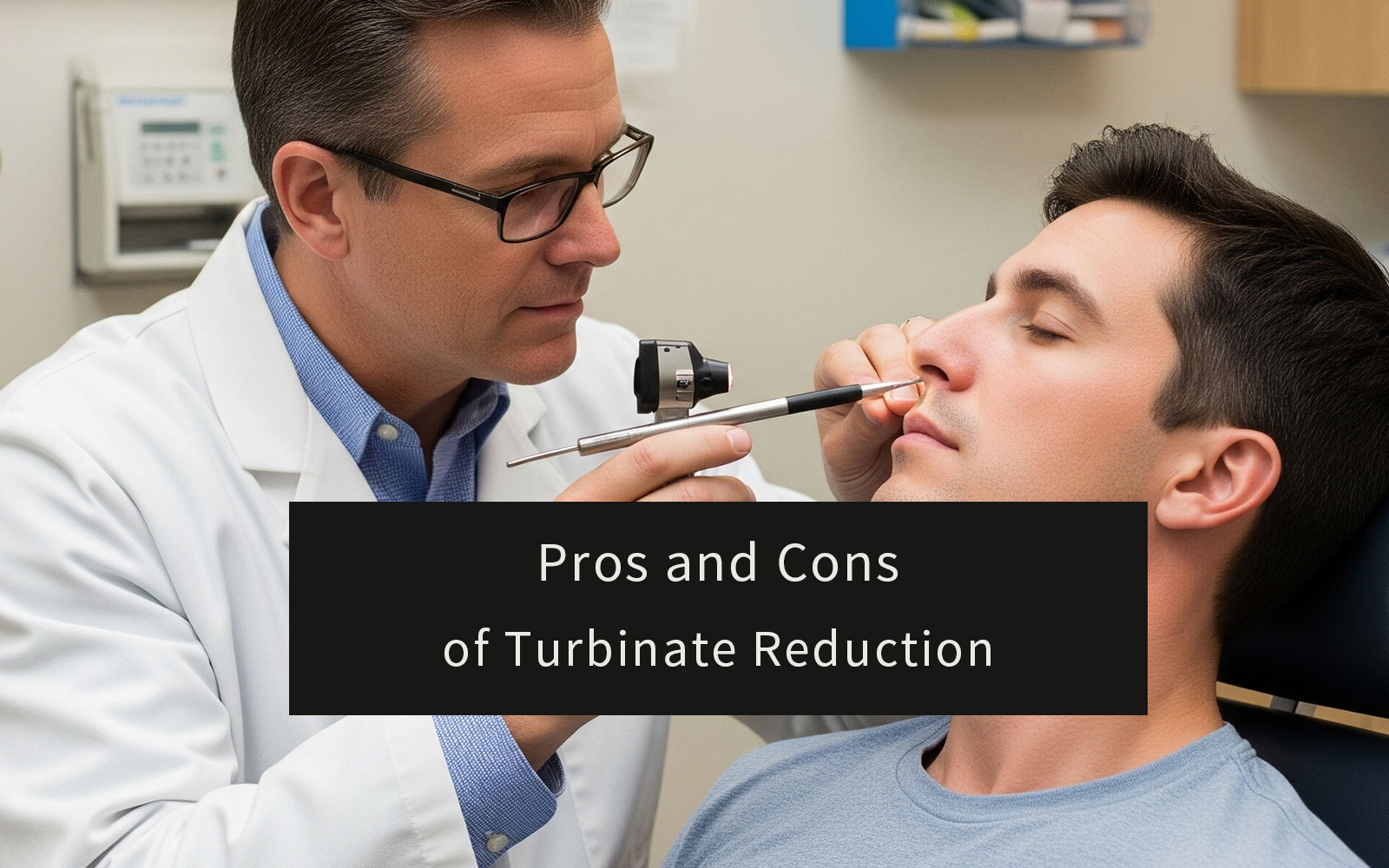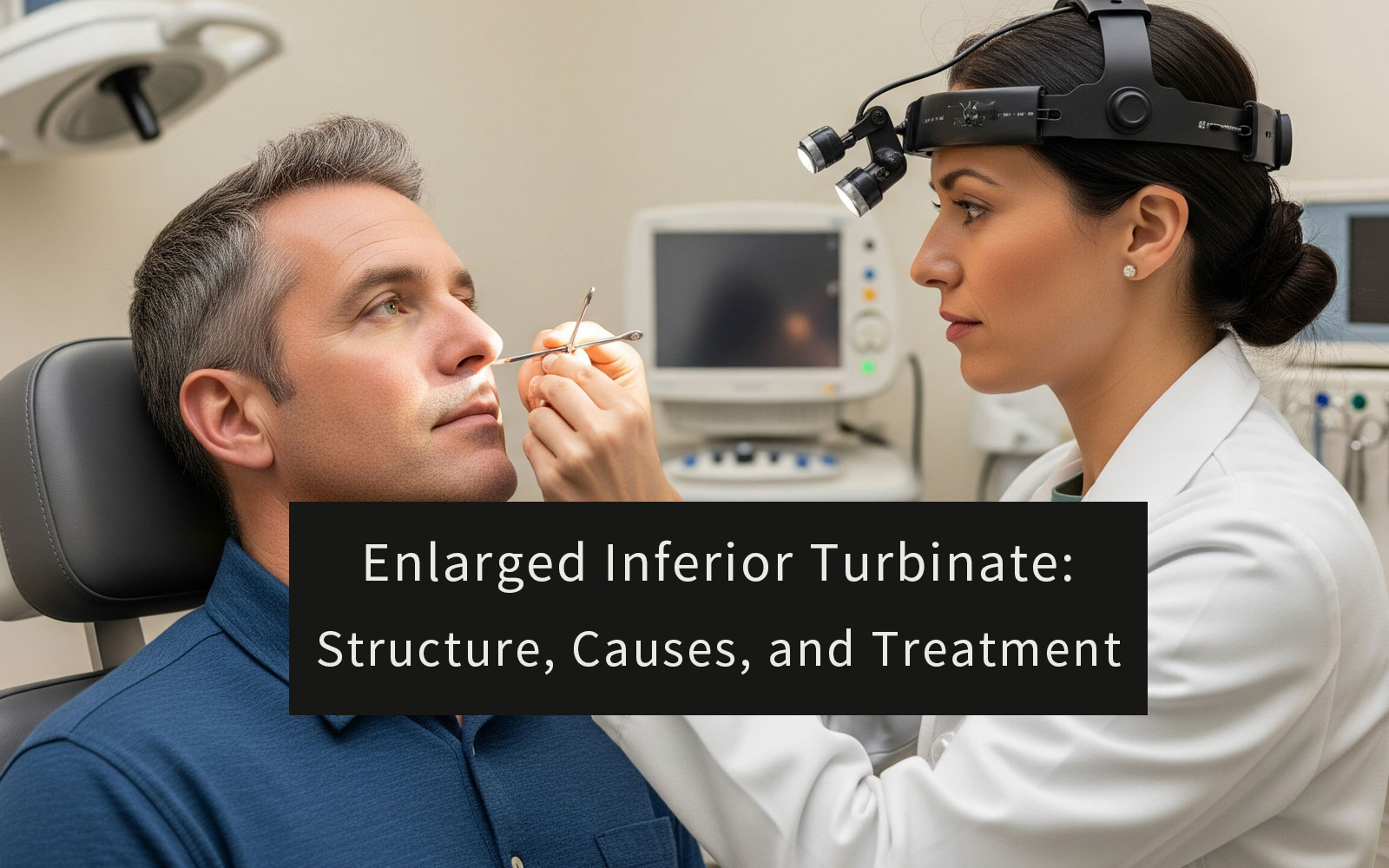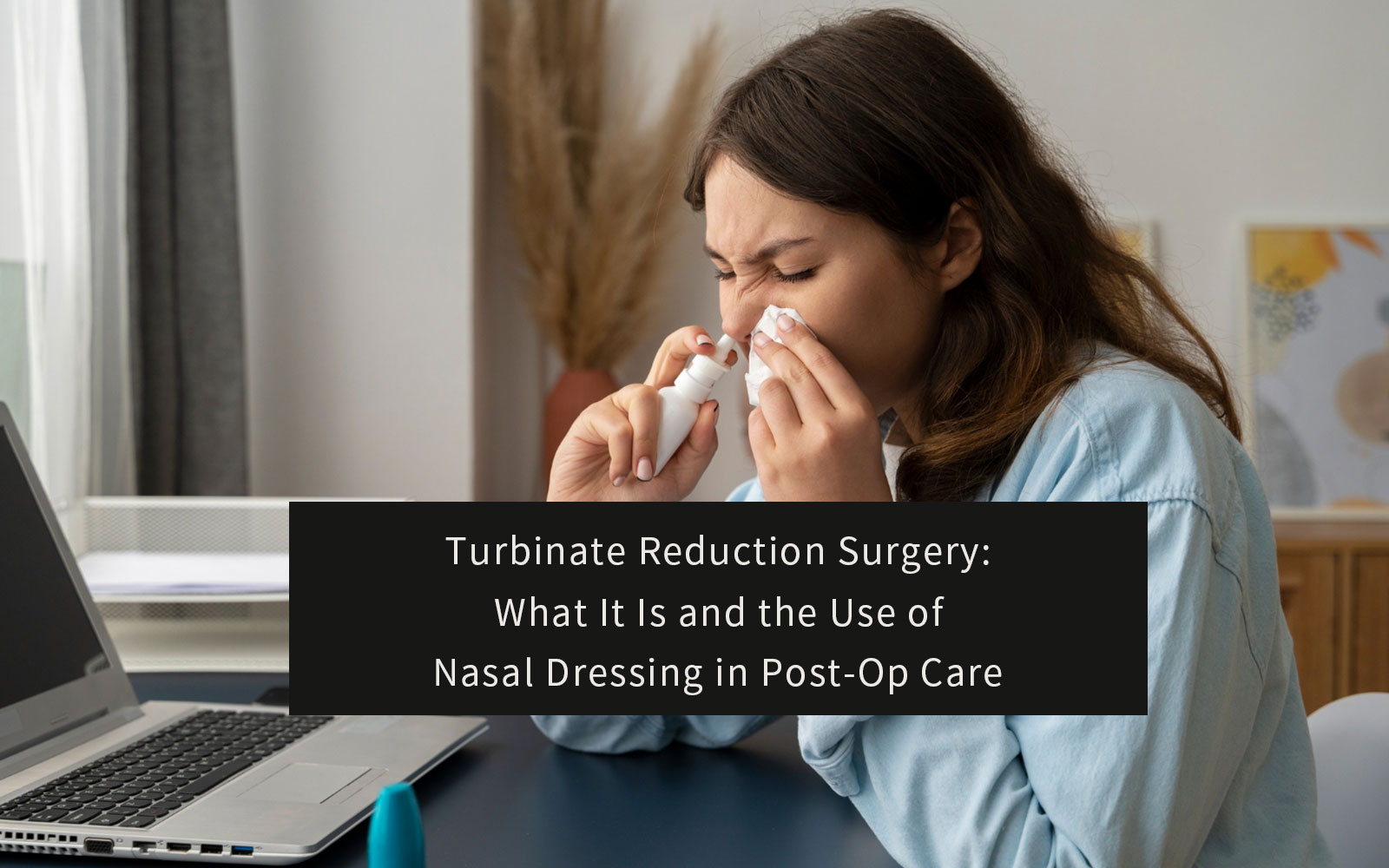Turbinate reduction surgery offers effective, long-term relief for chronic nasal congestion and breathing difficulties. However, your outcome depends greatly on how you manage your turbinate reduction surgery post-op care. In this guide, we explain what to expect after your procedure, outline best practices for a smooth recovery, and highlight how bioresorbable nasal dressings such as NasoAid® can support a faster, more comfortable healing experience.
Table of Contents
Turbinate Reduction Surgery
Turbinate reduction surgery is a minimally invasive procedure designed to decrease the size of the nasal turbinates—internal structures in your nose that can become chronically inflamed due to allergies, recurring infections, or environmental factors such as dust and pollution. When these turbinates are enlarged, they can obstruct normal airflow, leading to troublesome symptoms like nasal congestion, mouth breathing, snoring, and poor sleep quality.
There are several clinically proven turbinate reduction techniques, including radiofrequency ablation, microdebrider resection, and submucosal tissue removal. After the procedure, most ENT specialists use nasal packing to control post-operative bleeding and stabilize healing tissues. The choice and management of nasal packing materials—especially bioresorbable nasal dressings like NasoAid®—can significantly impact your comfort and recovery experience.
What to Expect After Turbinate Reduction Surgery?
After turbinate reduction surgery, most patients experience a range of temporary symptoms as part of the normal recovery process. It is common to notice nasal congestion or a blocked sensation, especially during the first few days. This occurs due to post-operative swelling inside the nasal passages. Other expected symptoms include dryness or crusting within the nose, mild facial pressure or discomfort, and mucous discharge that may be lightly blood-tinged. These symptoms are typical aspects of turbinate reduction surgery post-op recovery and generally improve as healing progresses.
Common Symptoms After Turbinate Reduction Surgery:
- Nasal congestion or blocked feeling
- Dryness or crusting inside the nasal cavity
- Mucous discharge, possibly tinged with blood
- Mild pain or facial pressure
- Sensation of stuffiness
These reactions usually resolve on their own within one to two weeks as your nasal tissue heals. Using supportive measures, such as saline irrigation and bioresorbable nasal dressings like NasoAid®, can help maintain moisture, reduce crusting, and promote a smoother healing experience.
When to Seek Medical Attention
While mild discomfort and minor bleeding are normal, certain symptoms may signal a complication and require prompt medical care. Contact your ENT specialist immediately if you notice:
- Persistent or heavy nosebleeds
- Fever over 38°C (100.4°F)
- Severe or worsening pain not relieved by medication
- Foul-smelling nasal discharge
- Redness or swelling spreading to the eyes or face
Turbinate Reduction Surgery Post-Op Care
Proper post-operative care is crucial for ensuring a smooth and successful recovery after turbinate reduction surgery.
Your doctor may place nasal packing immediately after the procedure to control bleeding, stabilize healing tissues, and reduce the risk of adhesions. Using an absorbable nasal dressing such as NasoAid® can further enhance comfort by dissolving naturally and eliminating the need for painful removal.
Essential Post-Op Care Tips After Turbinate Reduction Surgery:
- Nasal Irrigation
Begin gentle saline rinses 24–48 hours after surgery, or as instructed by your ENT specialist. Saline irrigation helps flush out mucus, blood, and crusts without disturbing healing tissue or the nasal packing. Always use sterile saline spray or a premixed rinse kit to avoid introducing bacteria. - Humidification and Moisturization
Keeping your nasal passages moist can reduce crusting and irritation, especially around the packing material. Use a cool-mist humidifier at home and apply isotonic saline spray several times daily. Some patients may also benefit from a nasal ointment or moisturizing gel, as recommended by their doctor. - Avoid Forceful Nose Blowing
Do not blow your nose forcefully, as this can disturb the healing tissues or dislodge nasal packing. If needed, gently sniff instead. When sneezing, keep your mouth open to reduce pressure in your nose. - Limit Strenuous Activity
Refrain from strenuous exercise, heavy lifting, or bending over for at least 1–2 weeks after surgery, or until your doctor gives approval. Physical exertion can increase blood pressure and the risk of bleeding or swelling, especially while nasal packing remains in place. - Attend Follow-Up Appointments
Always attend all scheduled follow-up visits. Your ENT specialist will assess your healing, remove crusts or secretions as needed, and, if non-absorbable packing was used, remove it safely. Never attempt to remove any nasal packing on your own.
Essential Post-Op Care Checklist
| Care Step | Purpose | How to Do It / Tips |
|---|---|---|
| Nasal Irrigation | Flushes out mucus, blood, and crusts; maintains cleanliness | Start gentle saline rinses 24–48 hours after surgery (as instructed). Use sterile saline spray or premixed kits only. |
| Humidification & Moisturization | Prevents dryness and crusting, reduces irritation | Use a cool-mist humidifier and isotonic saline spray several times daily. Ask your doctor if you need nasal ointment. |
| Avoid Forceful Nose Blowing | Protects healing tissue and nasal packing | Gently sniff if needed. Sneeze with your mouth open to reduce pressure. Never blow your nose forcefully. |
| Limit Strenuous Activity | Reduces risk of bleeding or swelling | Avoid heavy lifting, bending, or vigorous exercise for at least 1–2 weeks. Consult your doctor for clearance. |
| Attend Follow-Up Visits | Ensures safe healing and professional care | Go to all scheduled appointments. Never remove or adjust nasal packing on your own. |
| Ask About Absorbable Dressings | Enhances comfort and speeds up recovery | Products like NasoAid® dissolve naturally, reduce discomfort, and support moist healing. |
Frequently Asked Questions (FAQ)
Q: How soon can I start rinsing my nose after turbinate reduction surgery?
A: Gentle saline irrigation can usually begin 24–48 hours after surgery, but always follow your doctor’s instructions.
Q: What if I accidentally dislodge my nasal packing?
A: Contact your ENT specialist right away for guidance—never try to replace or remove nasal packing yourself.
How Long Does It Take to Recover from Turbinate Reduction Surgery?
Recovery after turbinate reduction surgery varies for each individual, but most patients notice significant improvement within one to two weeks. Breathing comfort typically begins to return during this time, though full recovery can take four to six weeks depending on your healing process and the surgical technique used.
Many patients are able to return to work within just a few days—especially if their job is not physically demanding. Light exercise is usually permitted after 10 to 14 days, while strenuous activities should be avoided until your ENT specialist gives clearance. Most patients notice breathing gradually improving over the first two to three weeks as swelling decreases.
A follow-up appointment is usually scheduled around day 7 to monitor healing and clear any crusting.
The type of nasal packing used during surgery can also impact your recovery experience. Bioresorbable nasal dressings such as NasoAid® naturally dissolve without requiring removal, making the recovery process more comfortable and reducing the need for additional procedures. Compared to traditional, non-absorbable packing, they are gentler on healing tissues and often lead to smoother breathing and less discomfort.
Turbinate Reduction Surgery Recovery Timeline
| Time Period | What to Expect |
|---|---|
| Days 1–3 | Swelling, nasal congestion, and light bleeding are common. Nose may feel completely blocked. |
| Days 4–7 | Crusting begins as tissue heals. Saline rinses are important for cleanliness and hydration. |
| Week 2 | Swelling decreases. Breathing becomes easier. Most patients feel more comfortable and may resume light activities. |
| Weeks 3–4 | Crusts continue to clear. Minor bleeding and dryness resolve. Sense of smell may start to return. |
| After Week 4 | Healing is largely complete. Breathing feels normal. Long-term improvements such as better sleep and reduced congestion are noticeable. |
Frequently Asked Questions (FAQ)
Q: When can I go back to work after turbinate reduction surgery?
A: Most patients can return to non-strenuous work within a few days, but always confirm with your doctor.
Q: How does the choice of nasal packing affect recovery?
A: Absorbable dressings like NasoAid® dissolve naturally, avoid painful removal, and support faster, more comfortable healing.
Nasal Dressings Support Turbinate Reduction Recovery
Nasal dressings are an essential part of the healing process following turbinate reduction surgery.
They play several key roles in recovery, including stabilizing the surgical site, controlling minor bleeding, and reducing the risk of tissue adhesions. Importantly, by maintaining a moist environment and protecting the delicate nasal lining, nasal dressings significantly contribute to a smoother and more comfortable turbinate reduction surgery recovery.
Why Bioresorbable Nasal Dressings Are Preferred
Among the various types of nasal dressings, bioresorbable nasal dressings—such as NasoAid®—are increasingly favored by ENT specialists.
These advanced dressings gradually dissolve within the nasal cavity and are naturally expelled with nasal secretions, eliminating the need for painful manual removal. This not only reduces post-operative discomfort but also minimizes trauma to healing tissues. Compared to traditional non-absorbable nasal packing, bioresorbable options offer greater comfort, support optimal healing, and make follow-up care much easier for both patients and physicians.
What is the benefit of using bioresorbable nasal dressings?
Bioresorbable nasal dressings offer significant advantages for turbinate reduction surgery post-op care:
- Reduces the Need for Manual Removal:
These dressings are designed to naturally break down over time, so most patients do not require an additional procedure to have them removed. - Gentle on Healing Tissue:
By gradually absorbing, bioresorbable dressings minimize trauma and lower the risk of disrupting delicate, healing tissues. - Improved Patient Comfort:
Patients typically experience less pain, less anxiety about follow-up visits, and a smoother recovery experience. - Moist Healing Environment:
Bioresorbable dressings maintain optimal moisture inside the nose, reducing crusting and promoting tissue regeneration. - Fewer Follow-Up Interventions:
With no removal required, follow-up care is easier and less stressful for both patients and physicians.
Product Highlight: NasoAid®
One example is NasoAid®, a leading bioresorbable nasal dressing composed of biocompatible collagen and carboxymethyl cellulose. This unique formulation creates a moist healing environment, provides gentle pressure to aid hemostasis, and supports natural tissue regeneration. As NasoAid® gradually dissolves, it eliminates the need for removal and enhances patient comfort during the turbinate reduction surgery post-op period.
In summary: Using NasoAid® after turbinate reduction surgery helps accelerate recovery, minimizes the risk of complications, and enhances overall patient satisfaction.
